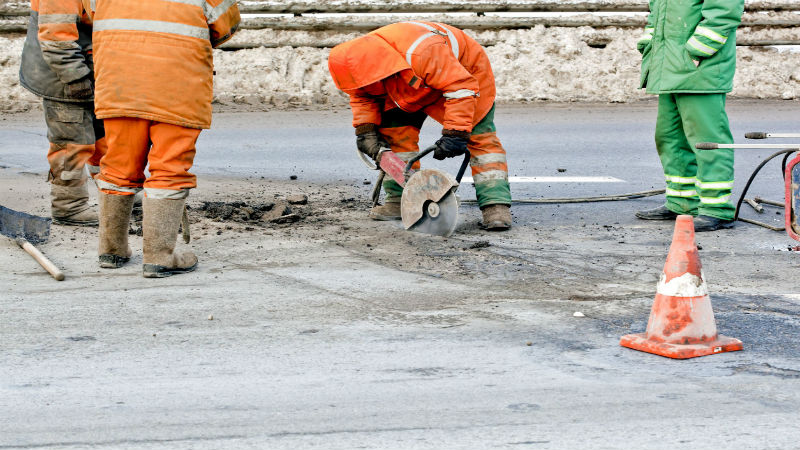When it comes to dump trailers there are three possible options to consider. End dump are perhaps the most commonly considered for general construction and hauling while belly dump are often associated with ground preparation and roadway construction. The less common option is the side dump trailers, but this design is more versatile in many ways and just as practical.
Stability
It may surprise many to find out side dump trailers are more stable than end dump trailers. Belly dump are the most stable as there is virtually no movement of the load other than dropping the material out of the bottom of the trailer. The end dump trailer is particularly unstable when dumping on uneven ground or on inclines and this can make safety concerns, as well as insurance costs, a factor to consider.
Payload
The design of side dump trailers makes the actual volume of material transported slightly less than found with a traditional end dump type of trailer. Generally the sides tend to be shorter but this will vary based on the specific trailer design.
On the other hand, side dump trailers can be run in tandem, allowing a greater overall payload per trip. This is not possible with the end dump, which is another factor to keep in mind on large construction or road projects.
Larger Distribution
End dump trailers, by design, will deposit the load in one location. There are some new designs in end dumps known as “live bottoms” which operate on a conveyer style design. This allows for more distribution possibilities, but it is still limited.
The traditional side dump trailers can be used to create a row of material, requiring much less moving after the load is dumped. This can help to reduce the time and cost of final placement of the aggregate, soil or gravel as needed. They are also less likely to be dented and damaged when used in mining and excavation types of work as the load doesn’t slide inside the trailer during unloading as it does in the end dump design.
The one big factor to consider between an end dump and side dump trailers is really the maneuverability. An end dump trailer will allow greater accuracy in dumping in small or confined spaces, but the side dump will provide better and safer dumping across all types of surfaces and in all types of construction areas.






